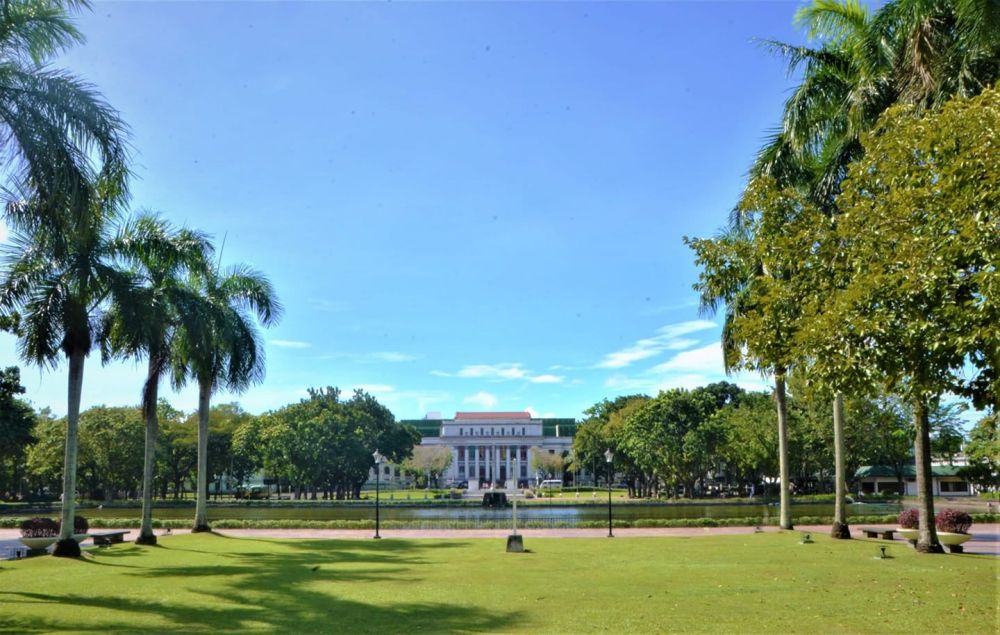

Capitol Park and Lagoon is one of Bacolod's most iconic landmarks, located at the heart of the city, in Negros Occidental, Philippines. The park's history is intertwined with the history of Bacolod itself, serving as a symbolic representation of the province and its people. Initially developed to complement the Provincial Capitol building, the park has been a gathering place for the community since its inception.
The construction of the Provincial Capitol was completed in 1933 during the American colonial era and designed by Architect Juan M. Arellano. The park and lagoon area were designed to provide a serene environment for government officials and locals to relax and socialize. The presence of two sculptures at the lagoon, created by famed Filipino artist, Francesco Riccardo Monti, which depict a water buffalo being pulled by a woman and another being led by a man, has become a significant symbol of the city and the hardworking nature of its residents.
Over the years, the park has become an essential part of Bacolod's tourism landscape, attracting visitors with its lush greenery, calm waters, and vibrant local culture. It has also been a focal point for various community activities, celebrations, and festivals, most notably the MassKara Festival, which brings a surge of tourists and local visitors every October.
The tourism sector in Bacolod, particularly around Capitol Park and Lagoon, has witnessed several trends in recent years. With the rise of digital and social media, the landmark has become increasingly popular as a photogenic spot that visitors love to share online.
Revitalization Efforts: The local government has been keen on revitalizing the park to enhance its appeal. Renovations and new amenities have been put in place to maintain the park's status as a primary destination for both tourists and locals, ensuring the sustainability of tourism in the area.
Over the years, Capitol Park and Lagoon has remained a treasured landmark in Bacolod. These ongoing trends and initiatives suggest that it will continue to be a key player in the tourism landscape for years to come.